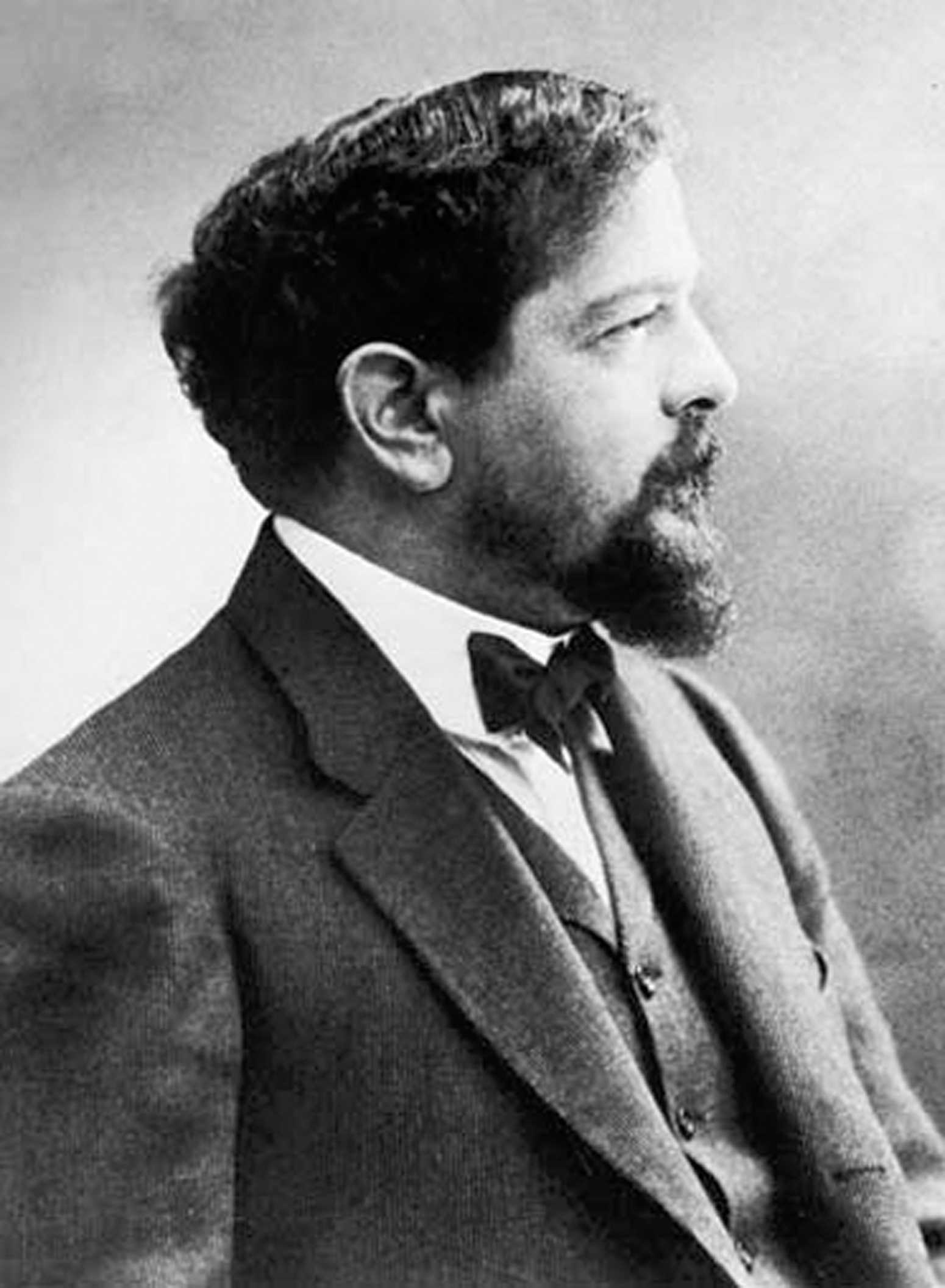Last Thursday evening, the Cleveland Orchestra opened its 92nd season with a program of epic proportions. Under the baton of Music Director Franz Welser-Most, the orchestra pulled out all the stops on four incredible works to produce an evening that audiences will likely remember for the remainder of their lives.
Leading off the night was Toru Takemitsu’s Dream/Window, a tone poem of sorts composed in 1985. Inspired by the moss gardens beside the ancient Buddhist temple, Saiho-ji in Kyoto, Takemitsu presents his subject via a binocular view, first as in a dream and then through a window; he declares that this reflects a binary opposition between inner life and outer reality.
Takemitsu’s piece featured a solo group of flute and clarinet with string quartet (two violins, viola and violoncello) seated at the forefront of the orchestra. Throughout the rest of the orchestra, unique but serene instrumentation including celesta, two harps and even guitar brought out subtle tones in orchestration. Further colored by lush strings and an assortment of metallic percussion instruments (bells, gongs, tam-tam, vibraphone, etc.), Dream/Window was a beautiful prelude to what would be an incredible concert.
After a brief interlude to change the enormous setup required for the Takemitsu, which included removing all the numerous percussion equipment, the orchestra was significantly trimmed down for Johann Sebastian Bach’s Mass in F Major. One of his lesser-known vocal works, this master work is nonetheless beyond compare, and the orchestra shone in this great contrast to the contemporary work preceding it. The Mass featured the Cleveland Orchestra Chorus, who were stellar as usual, as well as three soloists: Laura Claycomb, soprano; Kelley O’Connor, mezzo-soprano; and Andrew Foster-Williams, bass. Foster-Williams’ performance was particularly outstanding and explored his range to great effect.
Third on the program was Claude Debussy’s Prelude to the Afternoon of a Faun, (Prelude a l’apres-midi d’une faune)a calm and soothing break between from the musical rigor of Bach that featured principal flautist Joshua Smith in extensive solo passages throughout the piece. Faun is scored for full orchestra minus the usual brass sections — trumpet, trombone and tuba are all omitted, with only French horns remaining. This creates a gentler instrumental atmosphere, one in which the flute and strings can project prominently. Debussy wrote Faun in 1894 on the inspiration of a poem by the French impressionist Stephan Mallarme, and it was originally a controversial ballet choreographed by Vaslav Nijinsky.
The evening’s finale was Igor Stravinsky’s Rite of Spring (Le Sacre du Printemps), a fantasy on scenes from Pagan Russia. One of the twentieth century’s most revolutionary pieces of music, the Rite was premiered in Paris in May 1913, where it was received with a shocked and riotous crowd at the Theater Champs Elysees. Stravinsky wrote, describing the origin of his idea: “I saw in my imagination a solemn pagan rite: wise elders, seated in a circle, watching a young girl dance herself to death. They were sacrificing her to propitiate the god of spring.” Needless to say, this concept was quite poorly received in 1913, but over the past decades the timelessness of the Rite has lodged it at the top of orchestra repertoire for all eternity.
The Orchestra’s performance Thursday night was unforgettable. One of the most striking features of the Rite is the sheer number of forces it calls for: quintuple woodwind scoring (with doubled bass instruments like contrabassoon and English horn), eight horns, five each of trumpet and trombone, and two tubas (a rarity in orchestral music). While this makes for an awe-inspiring sound, it can often be overdone. Welser-Most, however, handled Stravinsky’s scoring with as much finesse and delicacy as is humanly possible when working with such music, and the result was a performance steeped in passionate fury.
This week, the Orchestra presents Anton Bruckner’s seventh symphony, a fitting continuation of epic repertoire. Whether they can live up to their own standard will remain to be seen, as the bar has been set remarkably high for the beginning of this outstanding season of great music.


